“The Last Frontier” Showrunner Jon Bokenkamp on Creating Apple TV’s Frigid, Frenetic Thriller
Jon Bokenkamp may have made it in Hollywood, but he hasn’t lost his Midwestern roots. The Nebraska native, best known for creating the spy thriller The Blacklist, is the type of person who still has a letter from George Lucas’s office taped to his wall, saying, “Mr. Lucas is sorry, but he’s unable to attend the screening of your movie.” This was a movie Bokenkamp made when he was a teenager.
The Last Frontier, an Apple TV series he co-created with fellow Blacklist alum Richard D’Ovidio (there’s no + after Apple TV anymore, in case you haven’t heard), takes that small town energy and pours gasoline on it, igniting a tense drama about a crashed plane full of violent criminals descending on a calm Alaskan town. The pilot, directed by Sam Hargrave (Extraction), touts some Con Air vibes, but its Nic Cage savior comes in the form of a U.S. Marshall named Frank Remnick (Jason Clarke). What follows is an eight-episode sprint to protect a town while uncovering the truth behind a crash that was anything but accidental. (And without spoiling too much, episodes three and seven are must-sees.)
During a video call, Bokenkamp tells The Credits where the idea came from, what went into casting the leads, and more.
Before we dive into the series, I wanted to ask about The World’s Theater, a local theater in Kearney you revived and reopened in 2012. It’s reminiscent of Tarantino saving the New Beverly and Vista Theater in Los Feliz. How is it doing?
It’s a thing that’s close to my heart. It’s the theater where I grew up going to movies, and it closed down. So we renovated it, and the theater’s doing great. It’s just a good vibe and a great place to watch a movie. We try to do things that are not super typical for the area. We’re actually going to do a screening for the premiere of the show, so it will be cool to share it with everyone. Thanks for asking.
With The Last Frontier, did the idea come to you after stepping down on The Blacklist, or was it shaped before?
I had pitched this with a dear friend, Richard D’Ovidio, back in 2006. Originally, the concept was like, a plane goes down, they close down an island, and they look for these inmates. It didn’t work. As time went by and I returned home, I started to understand the things I liked about a rural community. It felt like maybe that’s a really fun way to approach the show and make it more about that than taking place in a city. And in leaving Blacklist, I wanted to do something that was equally as fun and big and unabashedly commercial.
How did you land on casting Jason Clarke and Haley Bennett as the de facto leads?
I’ve been a fan of his for a long time. We often joked early on in the process that whoever plays Frank, he’s got to be somebody that you believe knows how to change a tire. Somebody who is physical and very tactile. Jason comes from a small community in Australia and he is a very physical guy, both in his work and in what he portrays on the screen. So there’s something a little bit romantic about the character that I think Jason brings to that.
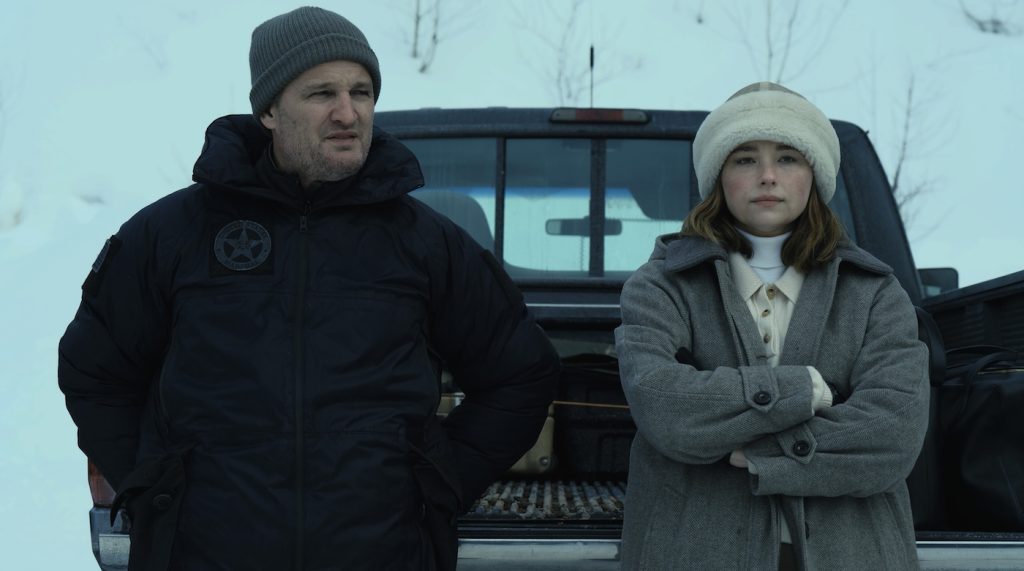
And Haley?
With Haley, I think in a very different but similar way. I think she has a very mysterious way about her, and that’s something we wanted to lean into as we meet this guy, Frank, who’s very open, very warm, and very community-minded. When you juxtapose him with a woman from a place that is very different, with a very different approach to community, and one who is a little more mysterious and guarded, it yields the best results. I think both of them breathed life into the show in ways that make the scripts look better than they are because of those performances.
What did you talk to director Sam Hargrave about creating the look?
One thing I asked him in a meeting about was his film Extraction. I asked him how that show ended up feeling so sweaty and sort of hot. And he said, ‘Well, you go there and get sweaty and hot.’ He wants everything to be practical, so we went after it. When we see the breath at night, when people are yelling, it’s cold. There’s a reality to those things that you only get by going to a place like that. The landscape served us well. It might not have been comfortable for us all the time, but I think it reads well on screen.
What went into making the show’s small-town Alaskan vibe?
There are a couple of things we were reaching for. One word we used a lot was analog. The show, in general, whether it’s rotary phones ringing, or F-150 trucks that are gas guzzlers, or things that are very tactile in the show. We took a very specific approach to keep things out of the digital world, and in that way, it’s a little bit of a throwback.
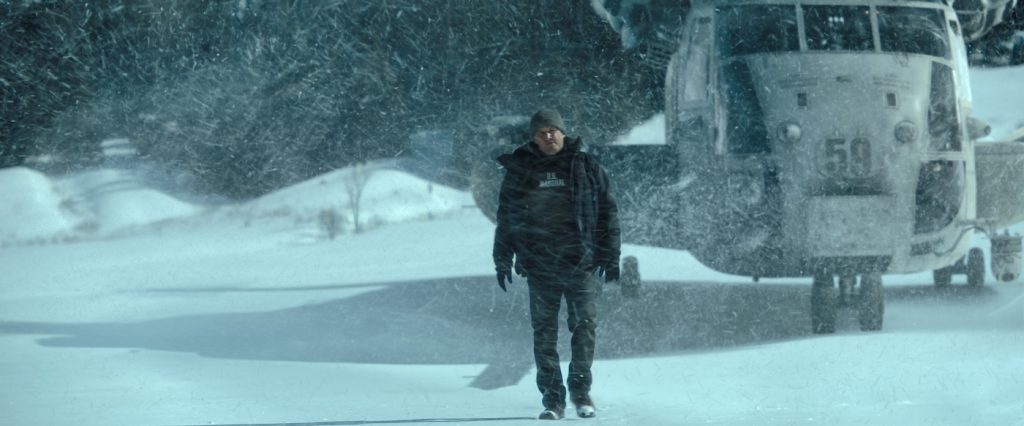
The other?
I think the town of Fairbanks, at least our version of Fairbanks, is fairly romantic. It’s a little bit of what America used to be. It’s a place that feels a little bit like a time capsule in ways. We aimed to create a warm, inviting, and comfortable community, knowing that we would have all these inmates descending upon it. We wanted to be as lovely as possible before we went wreaking havoc, and we were very specific about building a place that felt a little bit trapped in time. I think taking an approach that felt very analog was a way that helped us do that.
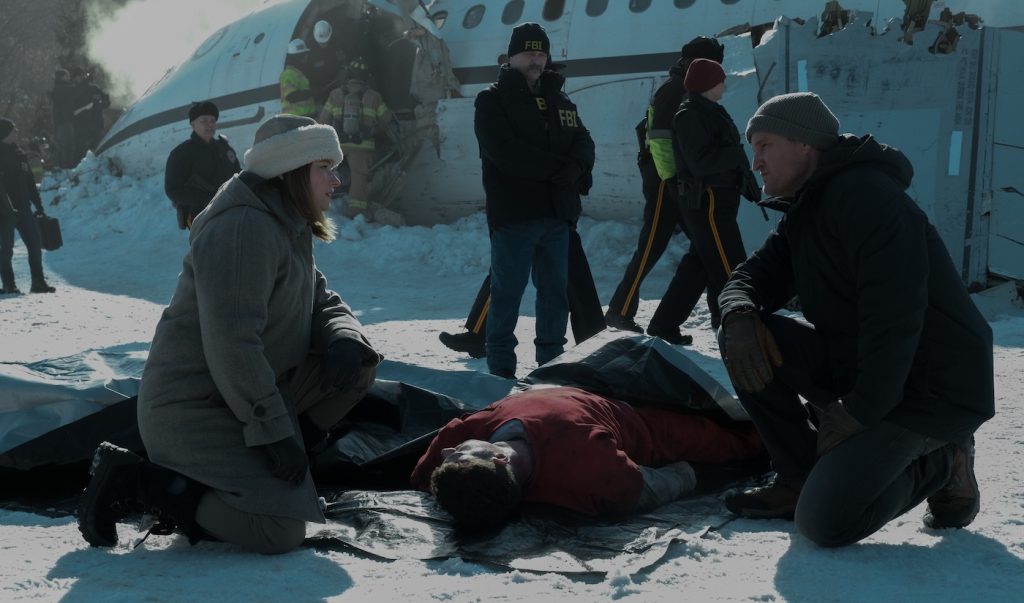
Oftentimes, a series can find its pace and tone in the edit. How did The Last Frontier take shape in the cutting room?
From the beginning, one of our writers, Albert Kim, said to me after reading the pilot, ‘Well, it’s hyper-aggressive storytelling.’ And I was like, ‘Is that a compliment or an insult?’ I’m always nervous about things unfolding too slowly or being disrespectful of the audience’s time. So, we wanted to do something that, from the beginning, really grabs you. Beyond that, the pace and energy of the show are very frenetic. It’s very real-time. In fact, if you go through and look at all of the episodes, it’s almost one episode a day. It unfolds over almost a week, and I think that pace was very intentional within the scripts.
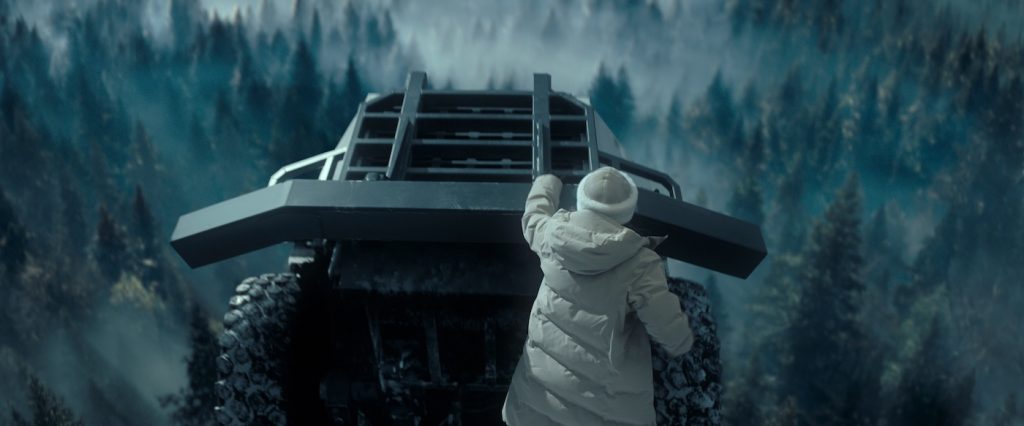
But then, when we turned it over to our editors to recontextualize, they did a really nice job finding the show. They would say things like, ‘You don’t need this scene, or ‘Let’s live in this moment a little more.’ I’d like to imagine it was all in the scripts, but I do have to tip my hat to the editors, the composer [Ariel Marx], and our music supervisor [Ciara Elwis], who also helped, in a really important way, to find and define the tone and pace.
The Last Frontier is streaming now on Apple TV.
Featured image: Jason Clarke and Haley Bennett in “The Last Frontier,” now streaming on Apple TV.

